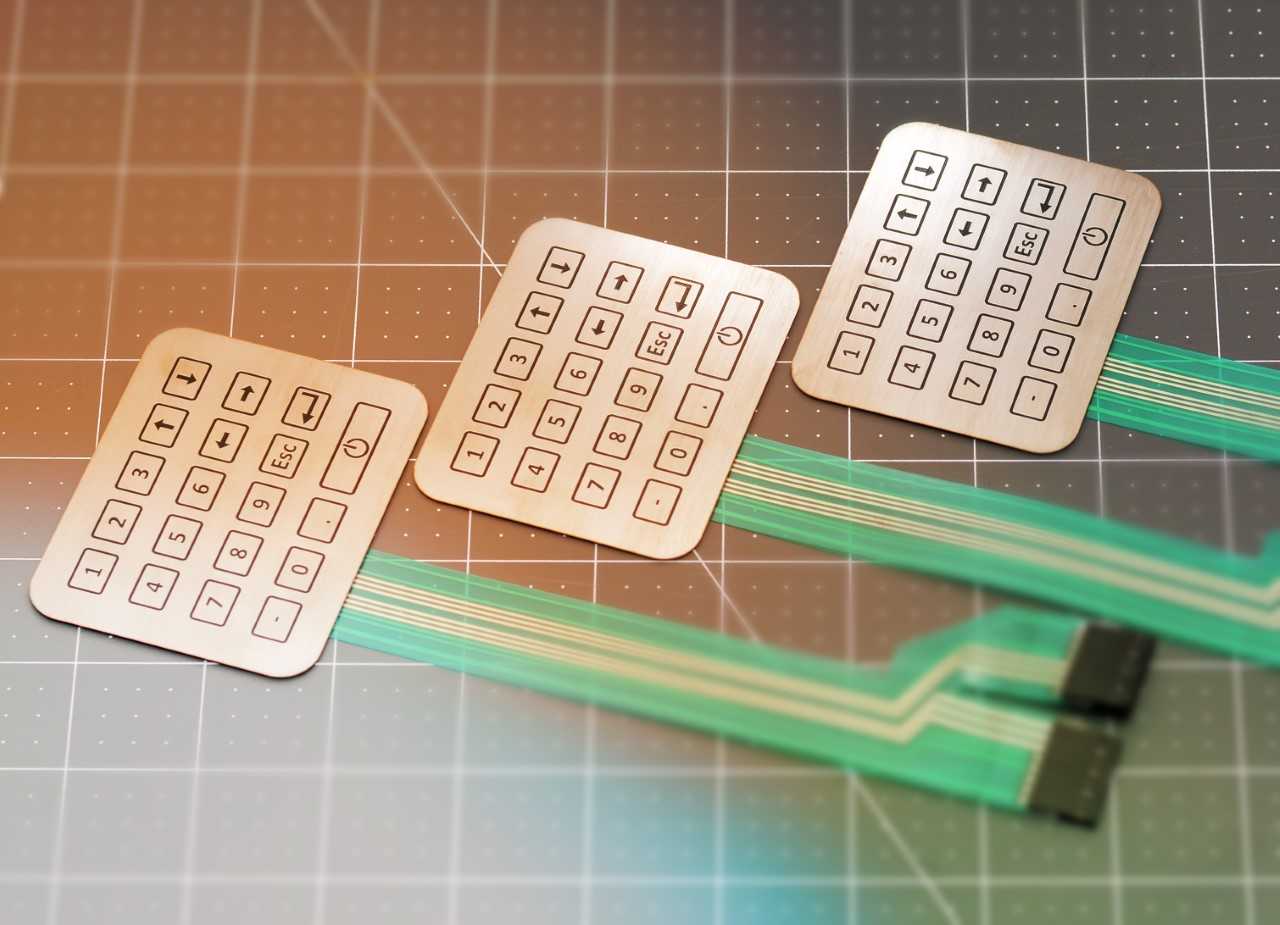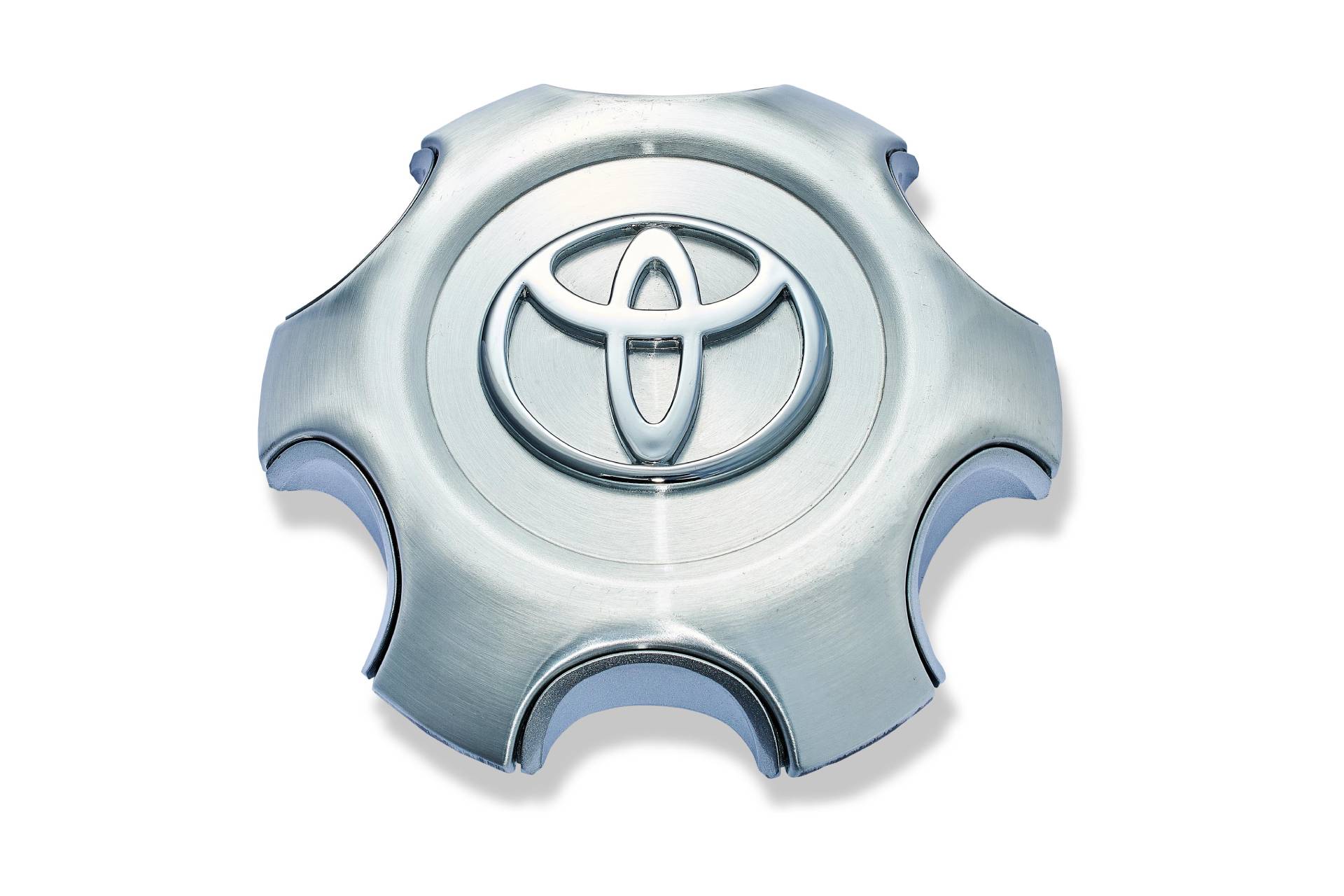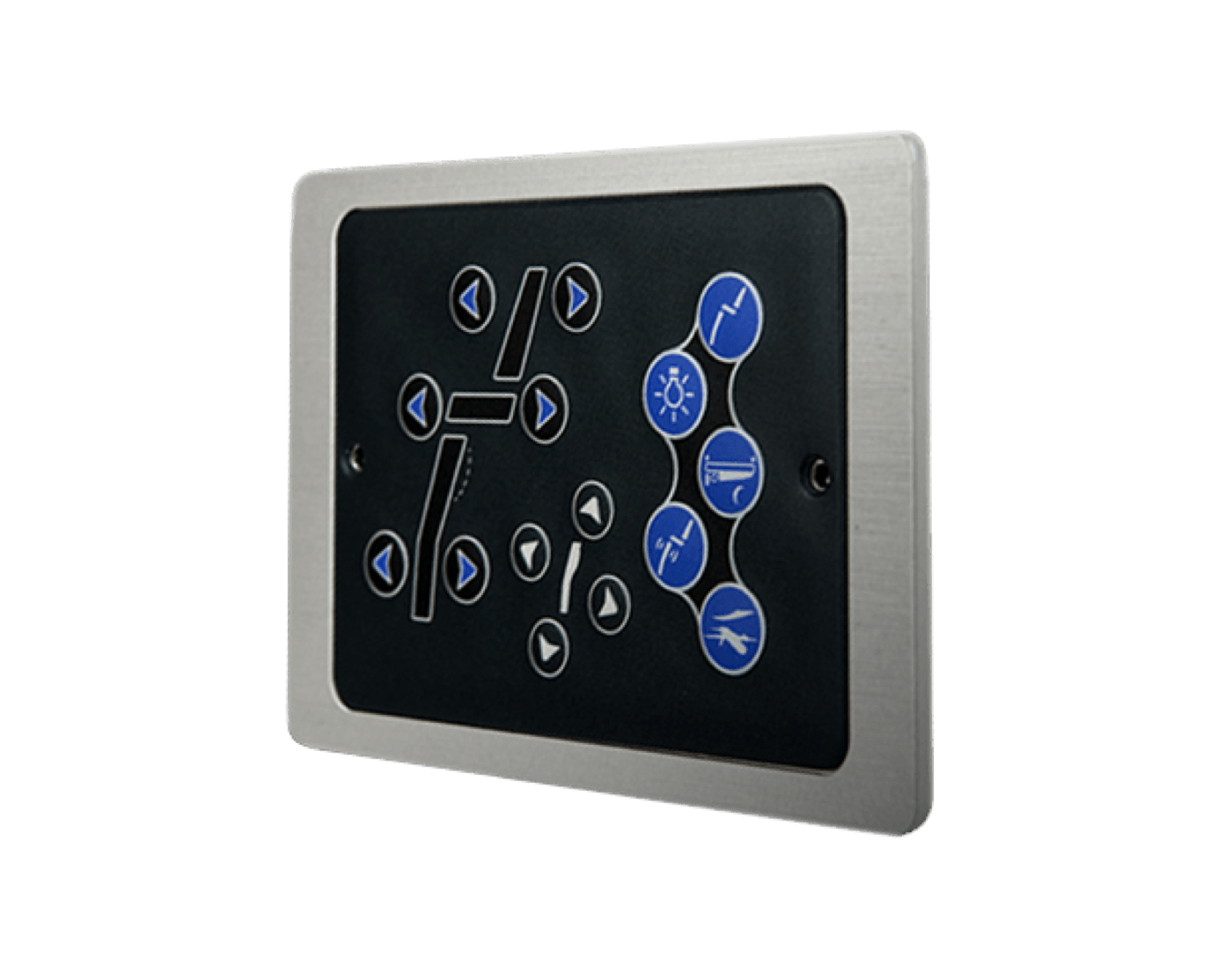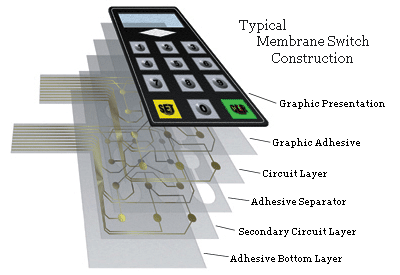All About Membrane Layer Switch Over: Recognizing Its Layout and Capability
When you think of the control user interfaces in modern-day tools, membrane layer buttons typically enter your mind. These parts are greater than simply buttons; they mix design and functionality effortlessly. Recognizing exactly how they work and what makes them effective can transform your perspective on everyday electronics. There are nuances to their design and efficiency that you may not be aware of. Let's discover what sets membrane layer changes besides various other control systems.
What Are Membrane Buttons?

Their seamless nature makes them very easy to clean and immune to dirt and moisture, an essential function in numerous environments. Membrane layer switches can additionally be customized relating to shape, dimension, and graphics, enabling suppliers to create unique interfaces tailored to particular items. And also, they're lightweight and thin, which aids in lessening the total mass of tools. Generally, membrane layer switches play a significant role in enhancing individual experience throughout a vast range of applications.
Exactly How Membrane Layer Switches Job
When you push a trick on a membrane layer button, it triggers a simple yet efficient mechanism. The leading layer, usually made of flexible material, presses down onto a conductive layer below it. This action bridges the gap in between conductive traces, completing an electric circuit. As quickly as the circuit shuts, it sends out a signal to the tool's controller, which interprets your input.
You'll see that the responsive responses varies based upon the button style, supplying either a soft click or a much more noticable feedback. As soon as you launch the secret, the membrane layer go back to its original position, resuming the circuit and stopping the signal. This process happens virtually immediately, guaranteeing a receptive user experience.
Membrane switches are prominent because of their resilience and resistance to dust and moisture, making them excellent for different applications, from household devices to medical gadgets. Comprehending this procedure helps you appreciate their extensive usage.
Key Elements of Membrane Layer Switches
Understanding the key elements of membrane layer buttons is essential for realizing their capability and style. The safety layer guards against environmental variables and use, prolonging the switch's lifespan. By understanding these elements, you'll gain understanding into how membrane changes run and their value in various applications.
Materials Utilized in Membrane Switch Style
The performance and sturdiness of membrane changes greatly rely on the materials made use of in their style. You generally run into polyester and polycarbonate as main substrates because of their outstanding toughness and versatility. These products resist scrapes and chemicals, making them optimal for demanding environments.
The conductive layers usually utilize silver or carbon, chosen for their integrity and conductivity. membrane switch manufacturer. Silver provides exceptional efficiency, while carbon is an affordable choice. For the overlay, you might consider a matte or glossy coating, depending on your visual demands and customer experience
Make specific to select adhesives that hold up against environmental elements like temperature and humidity. Picking the appropriate materials will certainly ensure your membrane layer switch stands the test of time.
Style Factors To Consider for Membrane Layer Buttons
While designing membrane switches, it's vital to take right into account different elements that influence their performance and individual experience. Beginning by concentrating on the format and button dimension; ensure they're user-friendly and very easy to browse. Take into consideration the responsive responses you wish to give-- will individuals require a visible click or a softer touch? Furthermore, consider the materials you'll utilize, as they'll influence durability and appearances.
Verify your design fits ecological factors, like moisture or temperature variations, which could impact performance. By very carefully considering these elements, you'll produce a membrane switch that improves use and fulfillment.
Applications of Membrane Switches
Membrane layer buttons are flexible components discovered in various applications, from industrial tools to consumer electronics. You'll see their impact in makers that require sturdy user interfaces and in tools that profit from smooth styles. Recognizing these applications helps you appreciate the functionality and functionality of membrane layer switches in everyday innovation.
Industrial Equipment Usage
When you're aiming to enhance the performance of commercial tools, membrane layer switches provide a reliable service that combines resilience with user-friendly style. These switches are ideal for severe environments, offering resistance to dirt, wetness, and chemicals. You'll locate them in control panels for producing makers, HVAC systems, and clinical devices, where accuracy and responsiveness are vital. Their low account means they fit perfectly into different tools, saving valuable area while preserving convenience of use. With adjustable graphics and backlighting alternatives, you can produce an instinctive user interface for drivers, original site boosting effectiveness and safety. Plus, their lengthy lifespan reduces upkeep expenses, making them a wise investment for your industrial applications. Embrace membrane layer switches to streamline your procedures and improve overall performance.
Consumer Electronics Assimilation
In the domain name of customer electronic devices, membrane switches play a vital duty in boosting customer communication and tool functionality. Membrane buttons likewise guarantee sturdiness and resistance to dust and dampness, prolonging the lifespan of your electronics. By picking membrane layer switches, you boost not just the capability however additionally the style of your devices, making everyday communications smooth and enjoyable.
Benefits and Downsides of Membrane Switches
While membrane buttons offer an array of advantages, they additionally come with some drawbacks that you should More Bonuses think about. One substantial benefit is their small design, making them excellent for space-constrained applications. They're additionally cost-effective, supplying a durable service with a low production expense. On top of that, their seamless surface is simple to clean, enhancing hygiene in environments like health centers.

Nevertheless, there are drawbacks. Membrane buttons can have a shorter life expectancy contrasted to mechanical buttons, particularly under hefty use. They can also be less responsive, which could impact user feedback throughout operation. If harmed, fixing them can be challenging and commonly calls for total substitute. Ultimately, their level of sensitivity to extreme temperatures and ecological conditions might restrict their efficiency in particular settings. Balancing these benefits and drawbacks will certainly aid you identify if membrane layer switches are the ideal suitable for your job.
Often Asked Questions
Exactly How Long Do Membrane Layer Switches Over Typically Last?
Membrane changes commonly last in between 5 to one decade, depending upon use and environmental conditions. You'll want to examine elements like wear, exposure to dampness, and temperature variations to gauge their durability effectively.
Can Membrane Layer Switches Be Custom-made for Details Styles?
Yes, you can tailor membrane buttons to fit certain styles (membrane switch manufacturer). You'll have the freedom to pick shades, forms, and designs that match your project's web requirements, guaranteeing they mix flawlessly with your general visual
What Is the Price Range for Membrane Switch Production?
The cost variety for membrane switch manufacturing typically falls in between $1 and $10 each, depending on aspects like design intricacy, quantity, and products. You can obtain quotes from suppliers to find the very best choice.

Are Membrane Changes Water-proof or Immune?
Membrane layer buttons can be created to be water resistant or immune, depending on materials used and construction techniques. If you need them for wet atmospheres, guarantee you define those requirements throughout the layout process.
How Do Membrane Layer Switches Contrast to Traditional Switches?
Membrane layer switches are typically thinner and extra adaptable than conventional buttons, offering a sleek design. They're often less complicated to cleanse and incorporate, however could not offer the tactile comments you're made use of to with mechanical options.
Final thought
